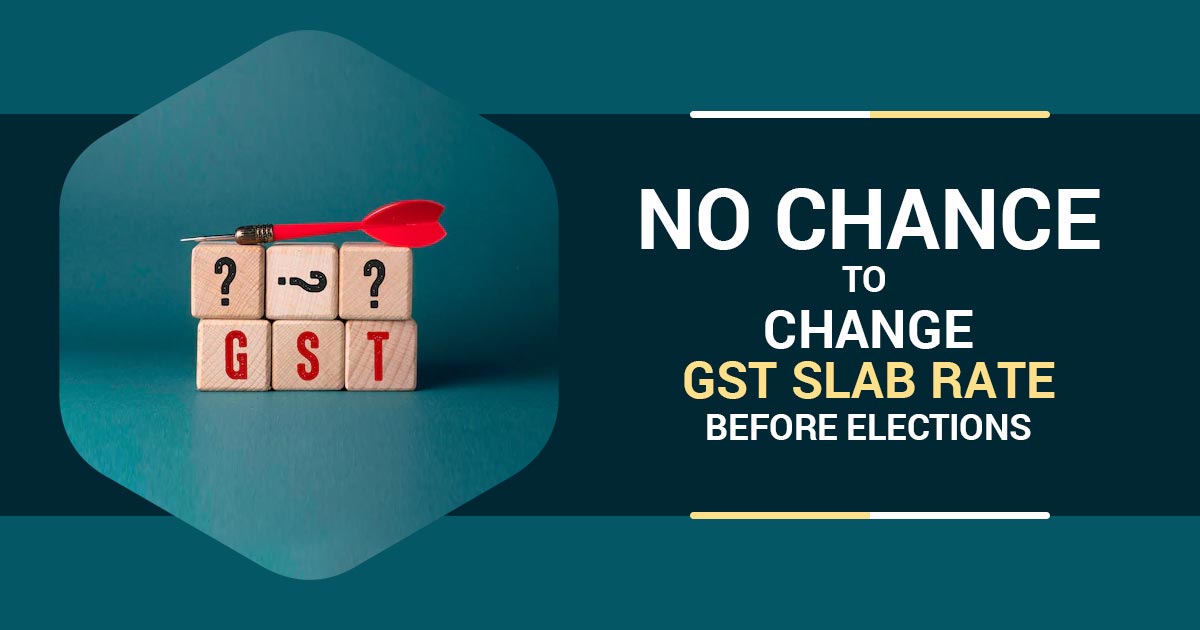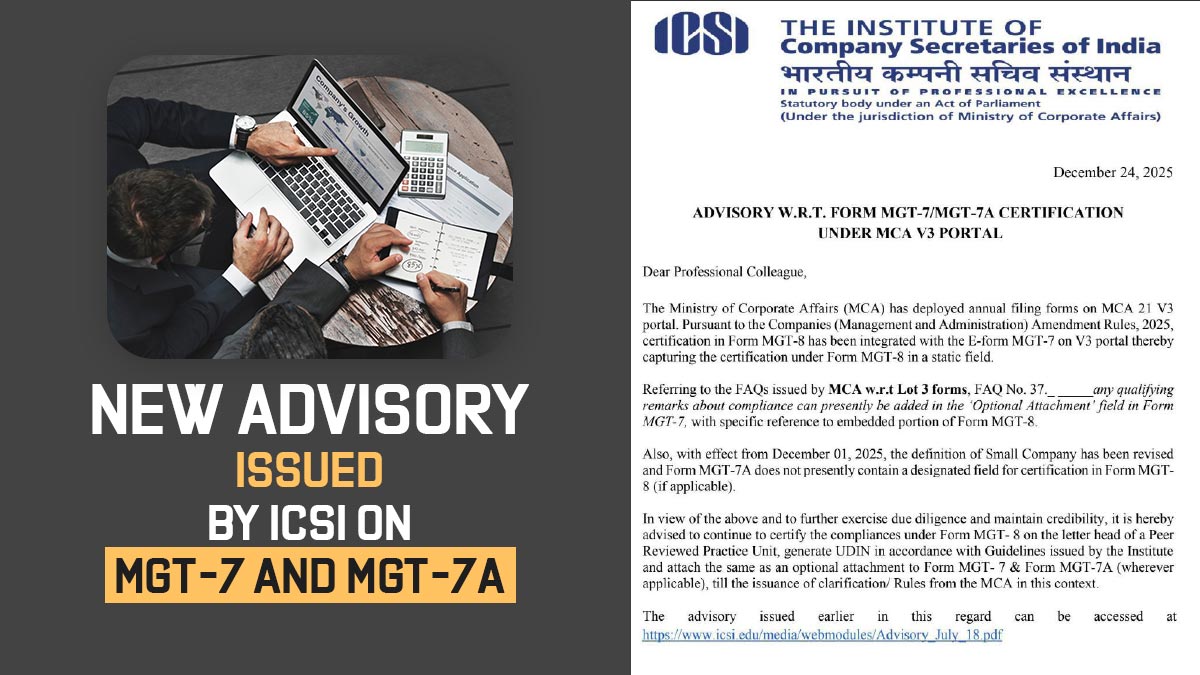
Since inflation seems to surged for a longer duration and the major state elections are due in 2023, the union government might opt not to restructure the GST slabs prior to the same leaving office in May 2024, as per the officials.
Post to the state assemblies elections in Himachal Pradesh in the month of November current year and Gujarat in December, 9 states would proceed to polls in 2023 along with Karnataka, Chattisgarh, Madhya Pradesh, Rajasthan, and Telangana. After that, the tempo for the 2024 general elections will pick up.
“Not much appetite (exists) for GST rate and slabs overhaul,” mentioned the senior official.
Recommended: Revised GST Slab Rates in India FY 2022-23 for People
The inflation as per the Consumer price index (CPI) surged to a 5-month higher of 7.14% in the month of September, which is much beyond the RBI of India’s medium-term target of 2-6%.
As per RBI estimation, the CPU inflation seems to be the average of 6.7% in the financial year 2023 with respect to 5.5% in the financial year 2022.
There might be the chance of geopolitical conflicts quick and start again the supply chain pressures which simplified in the current times, the finance ministry in the former week mentioned that “If so, inflation may yet see a resurgence rather than a decline in 2023.”
The inflation would get diminished the need to act as the motive of the revenue neutral rate (RNR) will be compulsorily rendered to higher rates for the bigger items and increases their costs. Despite the group of ministers (GoM) on GST rates rationalization which is led by the Karnataka chief minister Basavaraj Bommai was needed to provide the report by the end of September on the tax slab rejig, there was no hurry.
The council stated “The Centre and most states are of the view that the tax rates and slabs have to be changed and some of the remaining exemptions are to be removed,”
Tax experts mentioned that in former times the government might carry on with the highest GST slab of 28% on luxury goods and analyze the chance of diminishing the left three major slabs i.e 5%, 12%, and 18% to two.
As per the council, 12% (8% share in the GST revenues) and 18% (65% share) slabs could get merged with the new median rate of 15% and the 5% (10% share in GST revenues) slab could get be substituted via a new rate of 6% or 7%.
Read Also: GST Rates Applicable to Mobile Phones and Accessories
Increasing the 5% GST rate would comprise the sensitive products such as food and medicines, which are required to get performed slowly. A sudden drop from 18% to 15% rendered a big loss in revenue. Hence the execution should not be in one go and must be performed slowly.
From the examination of RBI, the weighted average tax rate under the GST would have decreased to 11.6%, from 14.4% during its incorporation opposing the revenue-neutral rate of 15.5%. As per the rise in the GST collections, the government has taken relief that the centre can take up Rs Rs 1.5 trillion more in CGST in FY23 and the states will be provided with some profits which offset the consequence on them because of the finish of 5 year GST shortfall compensation process dated 30th June.
GST officials approved the elimination of the tax exemptions and surged the rates on the items on which there is mass consumption so as to eliminate the irregularities, it is done on June 29.
But the centre suffers from much more opposition on the coverage of pre-packaged and labelled food items under the 5% GST rate from nil which shows that much more issues will come up in between implementing the changes in the GST.
Tax expert stated that “While GST rate changes may not be on the anvil, there are several changes relating to the GST Tribunal, anti-profiteering authority, an extension of GST e-invoicing to all B2B transactions, etc. which will need to be taken up in the coming days”
In a quarter the GST council would get meets once and can not meet in the duration of August-September as planned because of the late submission of the reports via groups of ministers on the casinos, race courses, and online gaming including the setting of the GST Appellate Tribunal (GSTAT). In November-December, the officials can meet.









